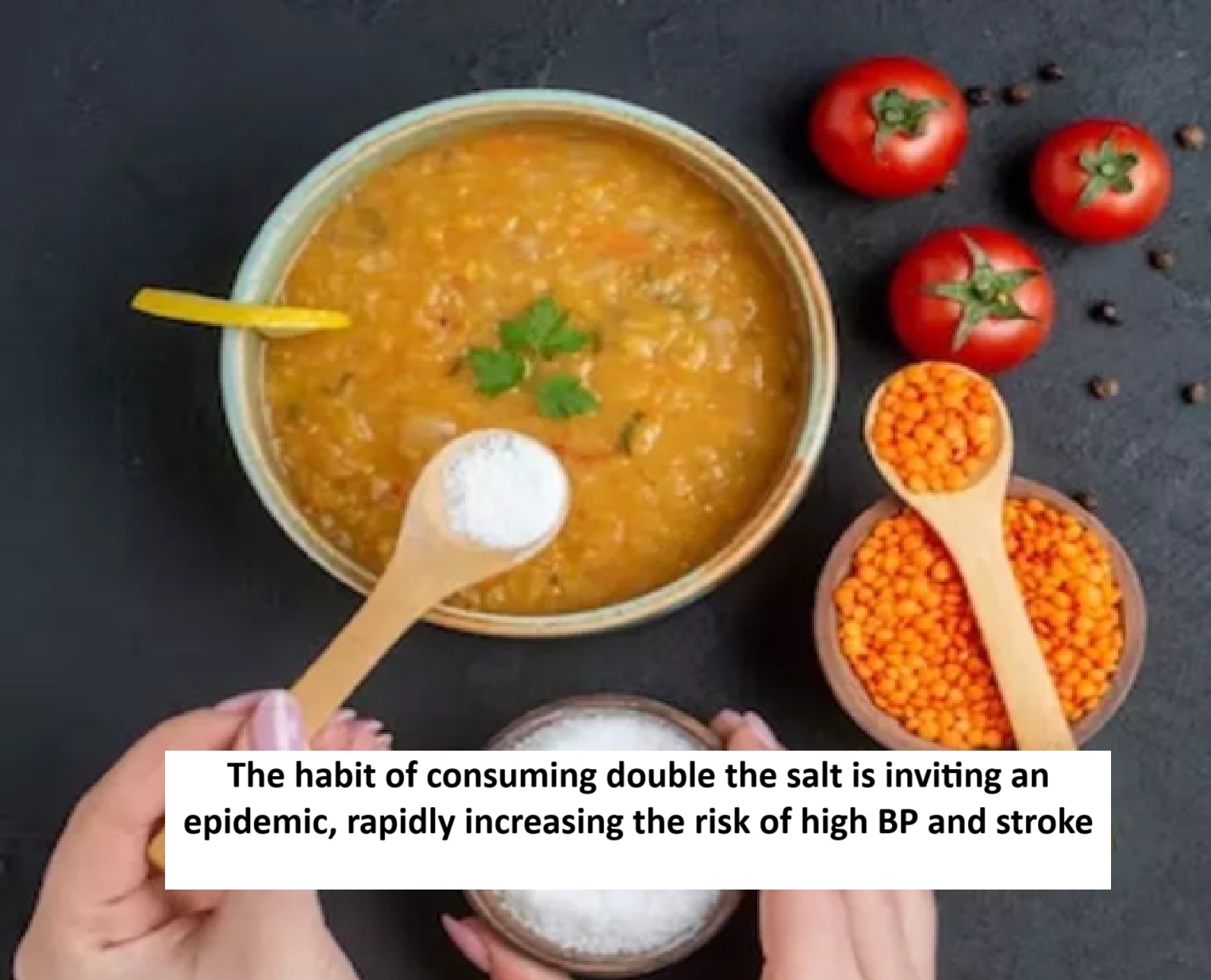
News Topical, Digital Desk : If a pinch of salt is used in appropriate and balanced quantity, the taste of the dishes remains intact. But, a little more quantity of it can not only spoil the taste but can also have a serious adverse effect on health.
A recent study by the Indian Council of Medical Research (ICMR) has revealed that excessive salt intake is fuelling a silent epidemic in India, putting people at risk of high blood pressure, stroke, heart disease and kidney diseases.
People in urban areas are consuming double the salt
Scientists at ICMR's National Institute of Epidemiology have started a study to address this problem. They are focusing on low-sodium salt alternatives. According to the World Health Organization (WHO), a person should consume less than five grams of salt per day. However, studies show that Indians living in cities consume about 9.2 grams of salt per day and in rural areas it is about 5.6 grams.
Why is it important to eat less salt?
In both cases, this is more than the recommended amount. Dr Sharan Murali, senior scientist at the National Institute of Epidemiology (NIE) and principal investigator of the study, says that a promising aspect in this effort is low-sodium salt alternatives, a mixture where potassium or magnesium salts are used in place of sodium chloride. He said, “Reducing sodium intake helps reduce blood pressure and improve heart health. This makes low-sodium alternatives a worthwhile change, especially for people suffering from hypertension. Just by consuming less sodium salt, blood pressure can be reduced by an average of 7/4 mmHg. This is a small change that has a big impact.” MMHG stands for millimetres of mercury. It is a unit of pressure measurement, specifically used to measure blood pressure.
What are the solutions to avoid this problem?
However, to tackle the problem of excessive salt intake, NIE in collaboration with ICMR has started a three-year project in Punjab and Telangana. NIE senior scientist Dr Ganesh Kumar, who is also part of the study, said that the aim is to evaluate the effectiveness of counselling by health centre workers on reducing excessive salt intake to help reduce blood pressure and sodium intake in people suffering from hypertension.
NI conducted a market survey to assess the availability and pricing of low-sodium salt (LSS) across 300 retail outlets in Chennai. They found that LSS was available in only 28 per cent of retail outlets. It was available in 52 per cent of supermarkets, but only four per cent of small grocery stores. The average price of LSS was Rs 5.6 per 100 grams, more than double the price of regular iodised salt (Rs 2.7 per 100 grams). Dr Murali said these findings highlight a serious supply-demand gap.
Read More: Is vitamin B12 deficiency causing your wobbly legs? These 3 soups can provide instant relief.
--Advertisement--

 Share
Share



